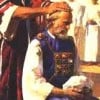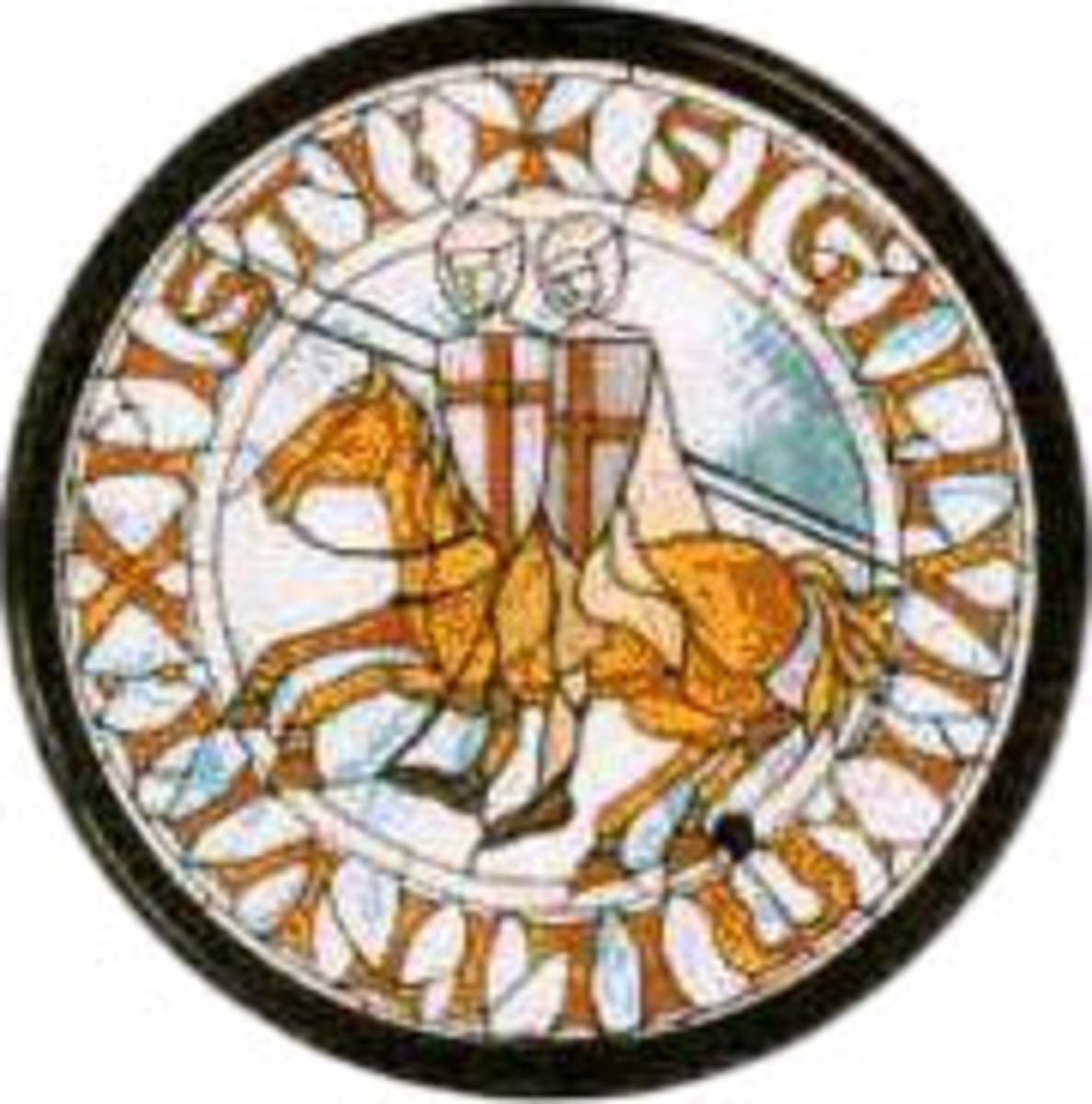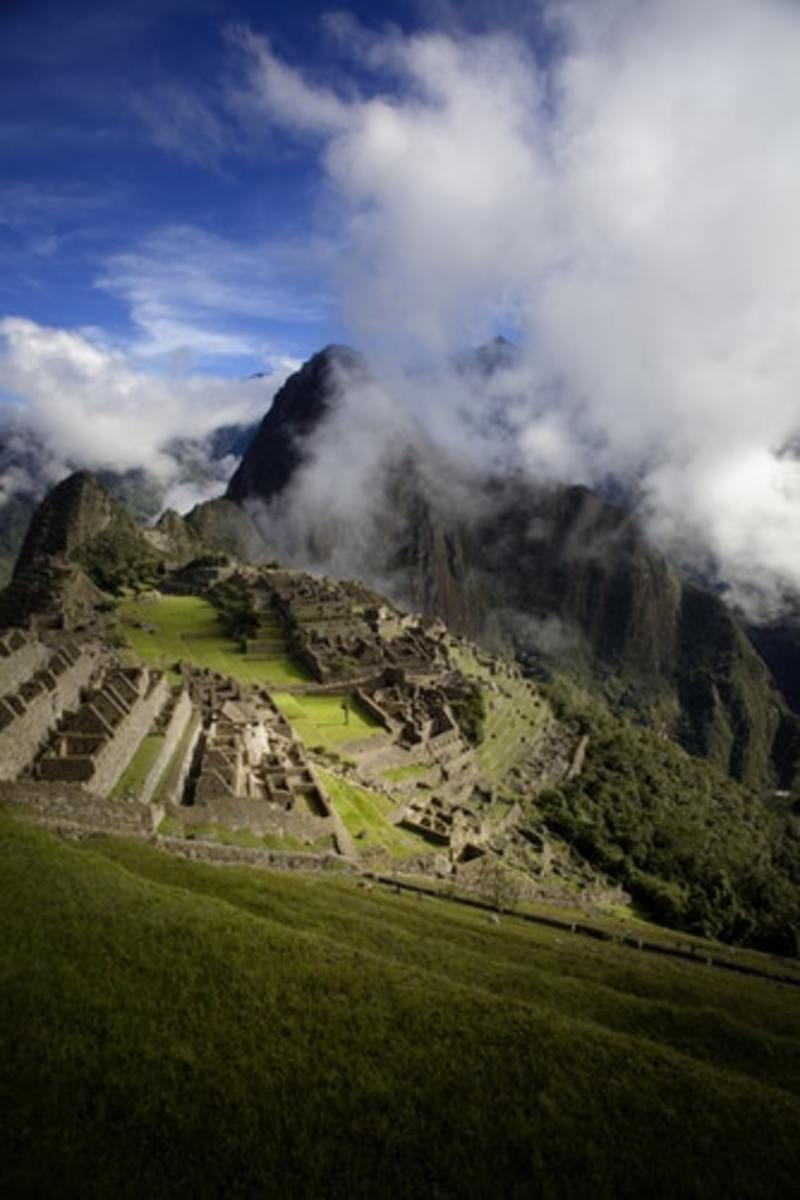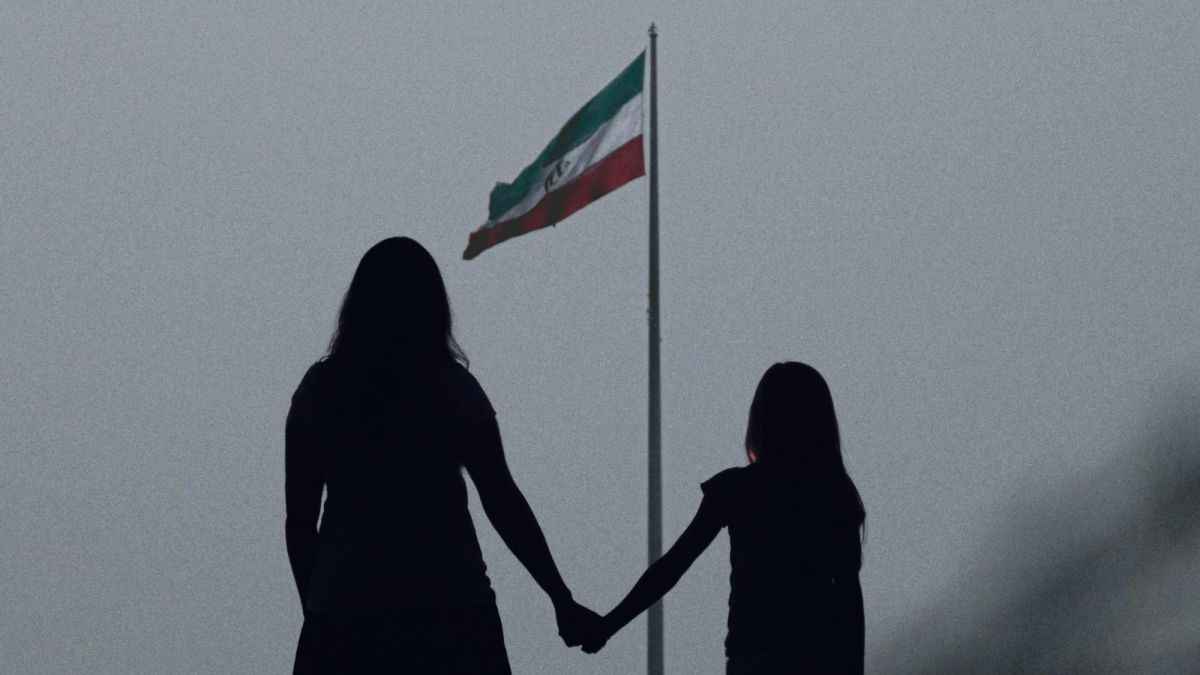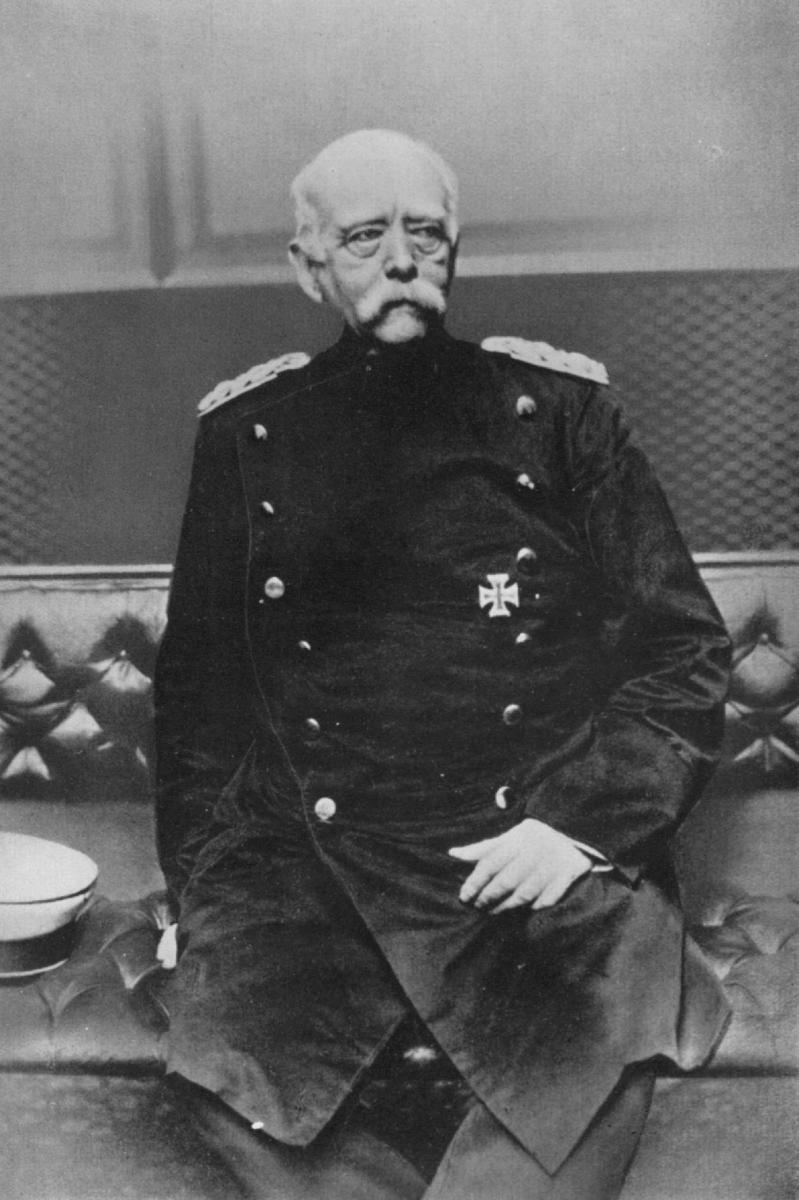A Temple of Stone
Several years back, when Ariel Sharon was alive, he walked on to the Temple Mount, and the Palestinian uprising cranked up several notches and the world plunged into the current level of Israeli-Palestinian conflict as we currently know it. One may say, “what does one have to do with the other?” The answer is everything. The Temple Mount has been the centre of man's universe for three thousand years, why should it be any different now? True, nothing is ever this simple and there are years of bad blood between the parties to the conflict that precipitated the escalation, but nonetheless, the Temple Mount has played and will continue to play an important role in coming events. President Obama may talk of solutions and lasting peace but the reality is that he is dealing with forces and circumstances he does not and will never understand. And understanding what the actual key to the events transpiring today is essential if we are to appreciate how this must and will end.
In this hub I’ll attempt to take on and deal with this extremely controversial subject, which permeates the hearts of Judaism, Christianity, and Islam. The Temple Mount has become a hotbed of conflict, a source of opposing traditions, and violently contested by some people having little if no historical connection but only see it as a symbol and reaffirmation of their beliefs. The problem being that the symbolic nature of the Temple has always outweighed its actual religious function and significance. So what is this conflict truly about? Did Ariel Sharon walking on the remains of the once glorious Temple warrant the level of response that it received, or was there more to possession of the Temple mount than immediately meets the eye and clarifies why there are so many desperate to claim it as their own?
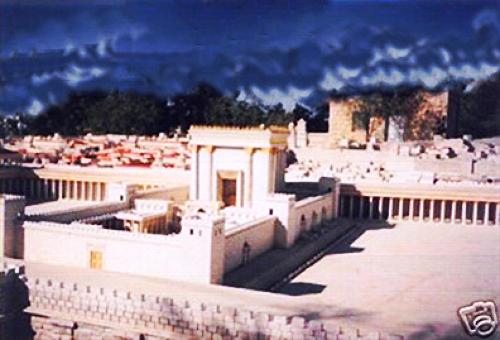
The House of Phiabi
I will make this debate even more confusing by sharing a particular and unique standpoint in advance; that being the perspective from those that served in the Temple. Considering that I am a descendant of the Kahana line from Aaron, one of the twenty-four priestly families designated to serve in the Temple by David, and one of the four selected families, the House of Phiabi to be specific, to serve in the Herodian Temple when Judea was under Roman occupation, I definitely have a perspective that can be considered unique. The House of Phiabi provided the last High Priests to serve in the Temple, just before Titus razed it to the ground. (For more on the Kahana visit http://www.legendsofthekahana.webs.com )So you would naturally expect, that I would expound the virtues and necessity of the Temple and the Temple cult and the need to rebuild the Holy of Holies if we are to have fulfilment of the prophecies. You would also expect me to reaffirm the spiritual connections that could only exist between a hereditary line of priests and the edifice that dominated their life from cradle to grave. If Jerusalem was the inspiration for a people, then the Temple was the heart and soul. And as such, it would be the single most important unifying force within the nation. As I said, you would expect me to promote that standpoint, but I'm not about to.
In actuality the Temple’s impact was totally in opposition to unification. Instead of being seen as the one and only House of the Lord, it in turn spawned numerous or other copycat temples, as a result of attempts by tribes, kings, factions, and in today’s age, religions, to claim supremacy and the unilateral support of God. So before anyone starts spewing the political and religious rhetoric of one true temple and false Gods, let me say what I have to say and then you can decide whether history supports me or you.
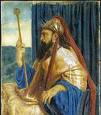
David and Solomon
Rather than being unifying force, the Temple fragmented it's people and does so even now on a far greater scale spanning three great religions. If we give credence to my comment that the Temple built by Solomon was non-harmonious with the monotheistic values established at Sinai, then perhaps we can understand the various warnings by those ancient priests and prophets in communication with God, ‘not to build the Lord a house.’ Not that a Temple couldn’t be built, but the time was not right. At issue is what man wanted versus what God wants. I purposely use the present tense of the verb when stating God’s intention. Nathan the prophet, expressed the Lord’s desire to have David not try to bind His presence to a single location. As the God of all of Israel, He would be wherever and whenever he was needed, and the Ark would signify that He was there. And for that reason the Ark was built with rings on its sides so that it could be carried on staves and be brought from place to place. But David would only concede to hold off the building of the Temple, not abandon the idea, leaving it for his son Solomon to complete the task. And as we know, Solomon did build the Temple but at the expense of a nation. He held the census, in order to tax the people to pay for the construction, violating the long standing agreement not to “count the people”, which God had ordained. It was one of many mistakes that Solomon made but it is important to understand why it was so serious.
When Solomon, in his supposed wisdom, decided to fulfil his father’s dream of building the Temple, he sent his agents through the land to conduct a census. He used this census to determine the taxation that would be imposed upon the populace to support the construction and then he used it to develop units of forced labour as indicated in Second Chronicles. The labour force consisted of over 150,000 workers with over three thousand overseers. Craftsman were brought to Jerusalem from all over the Middle East. In order to pay Hiram, King of Tyre, Solomon gave at least twenty cities in Galilee. That which God had given to the children of Israel, Solomon thought himself empowered to give away. When it was all over, the anti-Solomonic sentiment had spilled over to also include in their resentment, Jerusalem, the Temple, the tribe of Judah, and the Davidic covenant. In fact it became so strong that the northern tribes broke away and established their own kingdom. In light of what had been done, perhaps Jeroboam was justified in leading the revolt. As if to add further fuel to the festering wound, Reheboam, Solomon’s son, announced that if the people thought they had suffered under his father, wait until they saw what he’d do to them. The one mistake had now cascaded into flood of further errors in judgement.
David and Solomon’s justification for choosing the site of the Temple in Jerusalem was the presence of Mount Zion. A ridge upon which lay the earth’s foundation stone. It was at the site of this stone that it was believed heaven and earth were united. This was also the stone upon which Abraham was commanded to take Isaac in order to sacrifice him to God. This stone would later form the floor for the Holy of Holies. Legend stated that the waters of the Great Flood, still lay under the earth and it was this stone that acted as the ‘cork’, preventing the waters from flooding again. Taking this all into consideration, it becomes obvious that this stone was unique and held in considerable veneration. This ridge of stone is why people have been fighting over possession of the Mount for over three thousand years. If this is where heaven and earth unite, then whoever possesses the site believes they have access and essentially control of God. A fundamental flaw in our thinking for how can man actually believe he can possess God? But now perhaps you can see the hidden religious teachings responsible for the thousands of yeas of conflict over this patch of ground. It is about possessing God, not a piece of real estate.
History of the Mount after the Roman-Jewish War
The primary purpose of the Temple became the cult of sacrifice. Now the Bible through Leviticus ordains that the sacrifice be performed. In fact it is quite precise, recording the number of sacrifices, times of sacrifice and the procedures. But we realise the original five books of Moses are a compilation over five hundred years and not the verbatim dictums of Moses to the seventy elders during a single period of his life. To be more precise, Leviticus was written by the Temple priests, for Temple priests and therefore the cult was given significance far in excess of that which had been described in Exodus. So, originally, the importance of the sacrificial cult may have been as a temporary means to bridge the cultural effects of the world being left behind to the world about to be shaped by a new people. We know the exiles weren’t prepared to abandon completely the cultural upbringing they had in Egypt, the golden calf being a prime example of this, and therefore a weaning process would be necessary, which the sacrificial cult may have been an important component. And it remained so for almost 1300 years with very few periods when it wasn’t performed. It had become so important, that even during the Roman occupation, the Senate paid to have a sacrifice performed each day for the health of the Empire and to the Emperor. Not until Titus burnt the Temple to the ground did the weaning process forcefully occur.
For the next five hundred and sixty five years, the Jews had to contend themselves with fleeting moments where the thought of rebuilding the Temple almost became reality. Trajan had briefly considered it early in the second century only to find his Jewish subjects rioting when it looked as if he would rescind his promise. He certainly had no intention of fulfilling it after their insurrection. Then during the Bar Kochba revolt, AD 132-135, the act of clearing the Mount and strating construction occurred during the brief period that Simon Bar Kochba had actually won partial freedom from Roman occupation. The Bar Kochba government went as far as issuing silver leptons with the two pillars of the Temple gates on the obverse to suggest that worship in the Temple was only a few victories away. Those victories never came. And once more in 361 to 363 AD, the Emperor Julian agreed to let the Jews rebuild their Temple, only to be assassinated and with him died the dream of reconstruction. Therefore, it was no surprise that when Jerusalem fell to the Islamic invasion the Temple Mount was still considered as being a Jewish religious holy site.
In 635 AD, the city of Jerusalem watched as the Muslim armies of Umar passed through its gates. The caliph requested that the Christian patriarch of Jerusalem, Sophronius, take him to the site of the Temple. Sophronius tried to refuse, but the Caliph was insistent, and with his army in tow and the Jewish leaders of Jerusalem, he forced the patriarch to comply. Sophronius later described Umar’s presence on the mount, as being the “Abomination of Desolation.” Why, because Umar was horrified by what he saw there and therefore Sophronius bore the brunt of the Caliph’s disgust and anger. Umar was overwhelmed by the despicable treatment the Temple mount had suffered under Sophronius and his predecessors. Hadrian, back in 135 AD after retaking Jerusalme from the Jewish rebels had ordered the area of the Holy of Holies be used as a dung heap. Under Christian control, this practice continued, and the decimation of the Temple continued as if in response to Jesus’ statement that no stone was to be left upon another. Rather than recognising that Jesus was only describing the fate of the Temple in the coming years, the early Church was trying to see that it was totally obliterated. Umar got on his hands and knees, and began scraping the dung and debris on to his cloak and carrying it from the site. He was quickly followed by the Jews in attendance and his army, doing the same until they had uncovered the foundation stone. Umar was aware that the Jews had continued to venerate this site, a fact confirmed and described by Jerome, and the caliph decided to build a mosque at the southern edge of the Temple platform, so as not to offend, leaving the foundation stone accessible to the Jews to continue their custom. By providing Jewish access to the stone, Sophronius feared that the Jews would eventually rebuild their temple fulfilling what he considered the Abomination prophecy. Having built the Haram al-Sharif, Umar silenced those critics of his retinue that wanted him to lay claim to the foundation stone for themselves and build a mosque over it. As far as Umar was concerned, the foundation stone would remain under control of the Jewish leaders, for only they held it in great esteem beyond all the other religious faiths.
So once again we have the recognition that those which control the Foundation Stone in fact control God. Whether is was Umar's tremendous benevolence and generosity, or a fear of the repurcussions should he lay claim to what he considered the Jew's right to possess the stone, we may never know but we do know that there were those in his party that already recognised the political significance and power that they would obtain should they possess it and therein lies the start of today's present conflict.
It wasn’t until caliph Abd al-Malik came to power that a mosque was finally built over the foundation stone, countermanding Umar’s previous edict. But the motivation for Abd al-Malik to build the Dome of the Rock was purely political and not religious. A revolt in Mecca under Abdullah ibn Zubayr cut his power base, since the Kaba was then in the hands of his enemy. So Abd al-Malik passed a law that his people could not make the pilgrimage to Mecca but instead would go to Jerusalem, where legend said that Mohammed ascended to heaven. Just as the people would walk around the Kaba stone of Mecca, Abd al-Malik’s followers walked around the foundation stone in the new Dome of the Rock that he built. It was following the construction of the Dome of the Rock that the site was identified through assumption that it must have been the place of Mohammed’s Night Journey and his ascent to heaven. As mentioned earlier, legend had always said that the stone marked the point where heaven and earth met. Therefore it was easy to merge the two legends into one. Political motivation actually became layered with religious devotion. And through this contorted reasoning, claims to the mount by the Islamic faith were born. The rest, as we are well aware, became what we consider history. A rewritten history in which more than one faith claims to be the rightful possessor of the holy mount. But the facts, as I have laid them out, teach you that it is not a case of who rightfully possesses the stone because rightfully, no one religion has the privilege of possessing God. All men must come to God under their own terms but the only conditions were that it be done in a moral manner dictated by ten commandments. All the rest we might say is editorial.
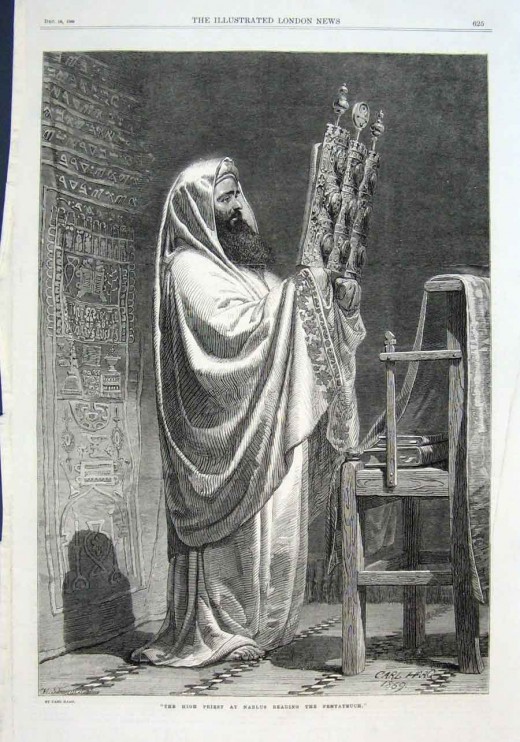
So, why hasn’t there been reclamation of the Temple Mount in our generation, a rededication of the site, and a restart to the construction of the Temple? The fear of reprisals by the Muslim population is a key factor, because whether or not Islamic claims to the site are legitimate or not, the fact is that it has become an inferred holy place to them through legend and occupation for thirteen hundred years. World pressure as expressed by the major nations of the world consider any attempt to return the Jewish presence on the Mount as a destabilizing factor to the global political system. Jewish fundamentalist groups have made preparations for the rebuilding of the Temple but have not forced their demands because there is still uneasiness that something is amiss. What is this missing piece of the puzzle? Exactly what I inferred at the start of my dissertation. The Lord has indicated in early scripture He is not in favour of a Temple built of stone unless it serves as a force for unification. Ritual must become only a means by which solidarity is achieved amongst all the people of the world and not used as a source of separation. And most of all, both the Staff and the Sceptre must be present in order to bring about this unification. For this to occur, the world must undergo the prophecies as outlined in the Bible. Then, as all will come to realize, what will be created is a very different Temple from the cultic practice of my ancestors and certainly not a Temple of stone as most believe. Access to God is not gained by passing through the beautifully decorated gates of Nicanor. Instead God gains access to us, by passing through our gateway of mind, soul and body. Each of us must be a temple dedicated to God before we ever lay the foundation stone of one made from bricks and mortar. So contrary to President Obama's thinking that determination of ownership of Jerusalem and the Temple Mount will be the foundation of peace, it will only serve to divide, separate and inspire the death of many more hundreds of thousands over the next millennia. So as I mentioned, though my openion may appear ironically in contrast to my birthrite, the best solution is that there never be outright ownership by a single religious organisation.
